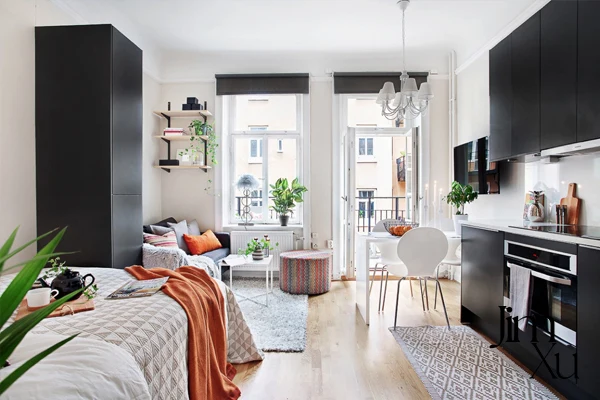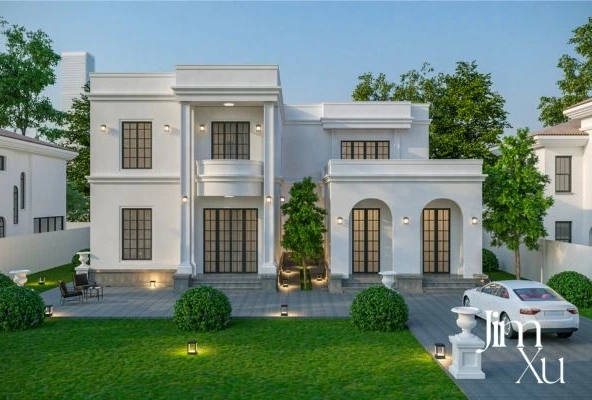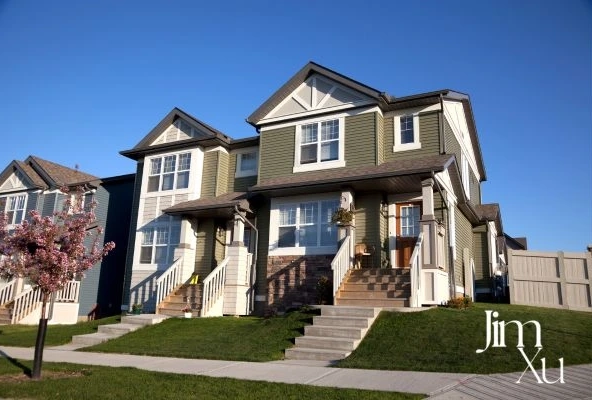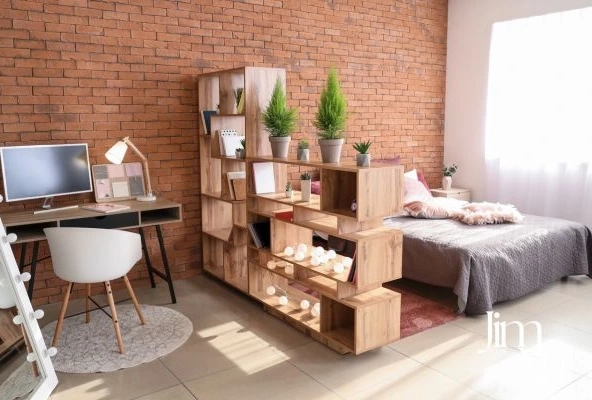Begin by explaining the concept as a compact, efficient living space that combines several rooms typically found in larger apartments into a single open area. Mention the appeal of studio apartments due to their affordability and practicality, setting the stage for the detailed information to follow.
What is Studio Apartment?
Here, provide a clear and detailed definition of a studio apartment using the keyword “studio apartment definition”. Explain that a studio typically consists of a single large room that serves as the living room, bedroom, and dining room all in one. The only separate room with a door in a studio apartment is the bathroom, which often contains its own closet space. This section should help the reader visualize the space and understand its layout.
Benefits of Living in a Studio Apartment
Discuss the various benefits of living in a studio apartment. Emphasize affordability, lower utility costs, and ease of maintenance. Highlight how these apartments are ideal for individuals who prefer a minimalist lifestyle, those who are budget-conscious, or people who spend limited time at home. Also, mention the benefits of living in urban centers, close to amenities and workplaces, which is often where studio apartments are located.
Read more: Top 10 Best Areas To Live In Vancouver
Typical Size and Layout
Address the keyword “studio apartment size” by providing examples of typical dimensions and how these can vary by location and building type. Explain that the average size of a studio apartment can range from 300 to 600 square feet, depending on the city and market conditions. Discuss how the layout is designed to maximize the use of space, often incorporating features like loft beds or convertible furniture to enhance functionality.
Decor and Styling Tips
Offer practical tips for decorating and organizing a studio apartment to make it feel larger and more functional. Suggest using light colors to enhance the sense of space, incorporating mirrors to reflect light, and choosing furniture that can double as storage. Discuss how strategic placement of rugs and furniture can help define different areas within the open space, such as sleeping, living, and dining zones.

Read more: 10 Tips For Buying A First Time Home – A First-Time Buyer’s Guide
Who Should Consider a Studio Apartment?
Identify the typical demographic groups that might benefit most from living in a studio apartment. Include young professionals, college students, and single adults looking for affordable housing options. Discuss lifestyle considerations, such as those who travel frequently or have minimal home upkeep preferences, making the studio format a practical choice.
-
Cost Considerations
Delve into the financial aspects of choosing a studio apartment over other types of housing. Discuss average rent prices, potential savings on utilities and furniture, and the affordability factor in high-cost urban areas. Also, cover the potential downsides, such as limited space for entertaining and challenges in hosting guests, which might affect budget considerations.
Choosing the Right Studio Apartment
Provide guidance on what to look for when choosing a studio apartment. Discuss the importance of considering the layout, window placements, and available amenities. Stress the value of a good location, proximity to public transport, and neighborhood safety. Offer tips on evaluating the building’s management quality and any additional facilities like laundry or outdoor spaces.
Read more: Pros And Cons Of Renting Vs Buying A Home
Conclusion
Wrap up by summarizing the key points discussed, reaffirming the benefits of studio apartment living. Reiterate how they offer a unique combination of affordability, simplicity, and prime location that can be ideal for certain lifestyles and budgets.






